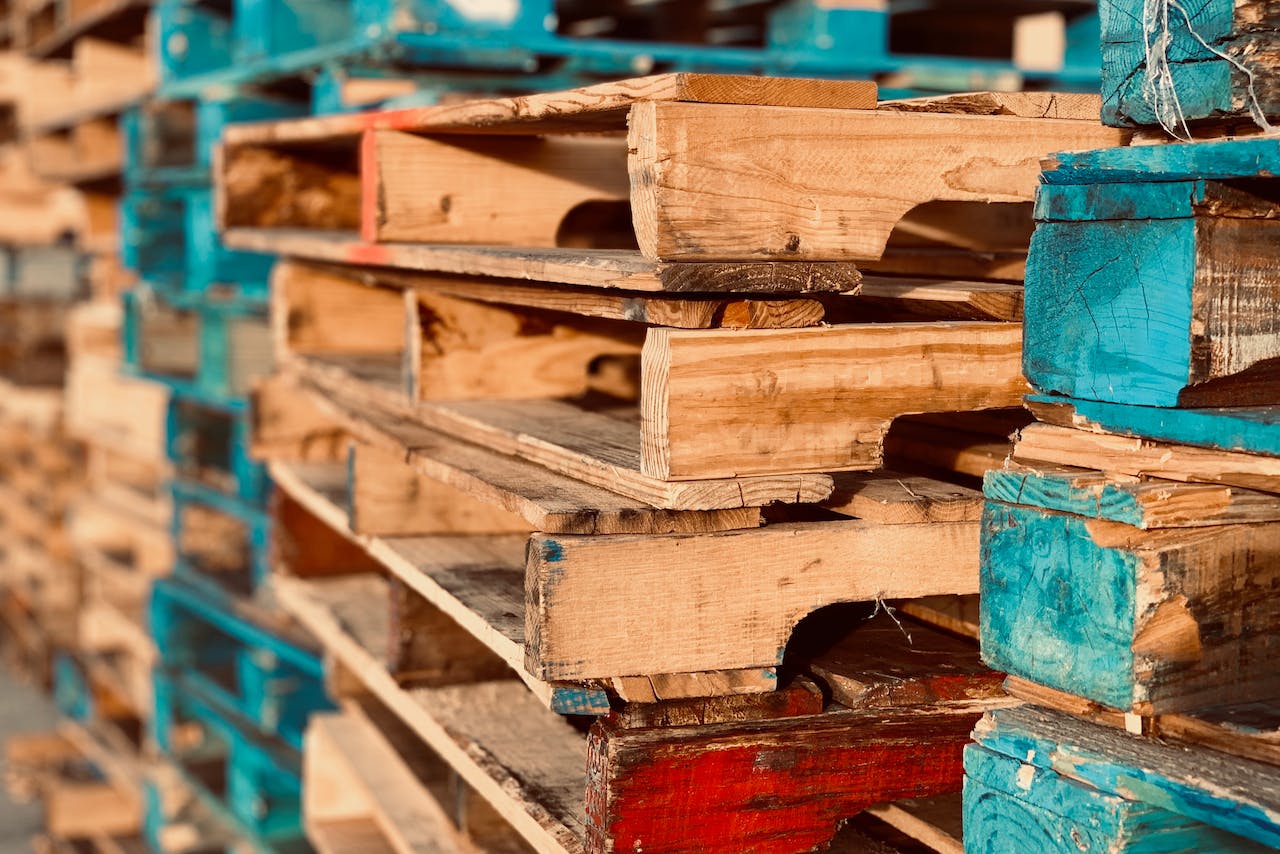Quality Control in Pallet Manufacturing – Ensuring Consistency and Strength
In the heart of the bustling world of logistics and distribution, pallets stand as unsung heroes, supporting the weight of countless goods as they journey from point A to B. Yet, their reliability and strength are not left to chance; rather, they are meticulously woven into the very fabric of their creation through the art of quality control.
Join us on a journey into the realm of pallet manufacturing, where every nail, every plank, and every assembly is a testament to the commitment to consistency and strength.
The Foundation: Selecting the Right Timber
Quality control in pallet manufacturing begins with a critical decision—the selection of the right timber. Timber is the backbone of pallets, and choosing the right tree species ensures the desired strength and durability. This meticulous selection process is the first brushstroke in the masterpiece of quality control.
Ensuring Uniformity in Dimensions
Consistency is not just about strength; it’s also about uniformity. Quality control in pallet manufacturing demands precision in dimensions. Each pallet is crafted to meet standardised measurements, guaranteeing compatibility with automated systems and smooth integration into the logistics chain.
Moisture Content: Guarding Against Weakness
Wood is susceptible to moisture, and quality control measures include monitoring and controlling the moisture content of the timber used. Pallets with the right moisture content are less prone to warping or weakening, ensuring their structural integrity over time – although even these pallets, when poorly stored, will eventually succumb to damp and mildew.
Stress Testing: Assessing Strength Under Pressure
What separates a run-of-the-mill pallet from a quality-controlled masterpiece? The answer lies in stress testing. Quality control procedures involve subjecting pallets to rigorous stress tests, simulating the real-world pressures they’ll face in warehouses and during transit. Only those that pass with flying colours make it to the distribution stage.
Compliance With Industry Standards
Quality control in pallet manufacturing aligns with industry standards and certifications. Whether it’s meeting European Pallet Association (EPAL) guidelines or Forest Stewardship Council (FSC) certification for sustainable sourcing, compliance is a non-negotiable element of ensuring consistent quality.
Ensuring the accurate labelling of EPAL pallets is a vital aspect of quality control, and i-Mark’s advanced printing solutions offer a seamless way to achieve this precision. From marking compliance information to providing traceability details, i-Mark’s printing solutions contribute to the efficient and accurate labelling of EPAL pallets, aligning with the highest standards in the industry.
Visual Inspections: A Keen Eye for Detail
Crafting quality pallets isn’t just about numbers and measurements; it’s also about the artisan’s eye. Visual inspections are a crucial aspect of quality control, where skilled professionals scrutinise each pallet for imperfections, ensuring that only flawless units make their way into the supply chain.
Continuous Improvement: Learning From Every Batch
Quality control is not a static process; it’s a dynamic journey of continuous improvement. Manufacturers analyse data from every batch, seeking ways to enhance processes, address any deviations, and fine-tune their craft. This commitment to improvement ensures that each pallet is not just good but better than the last.
Pallets That Stand the Test of Time
In the realm of pallet manufacturing, quality control is the silent architect that weaves strength and consistency into every unit. From timber selection to stress testing, and from visual inspections to compliance with industry standards, each step in the process is a brushstroke in the creation of pallets that stand the test of time.





